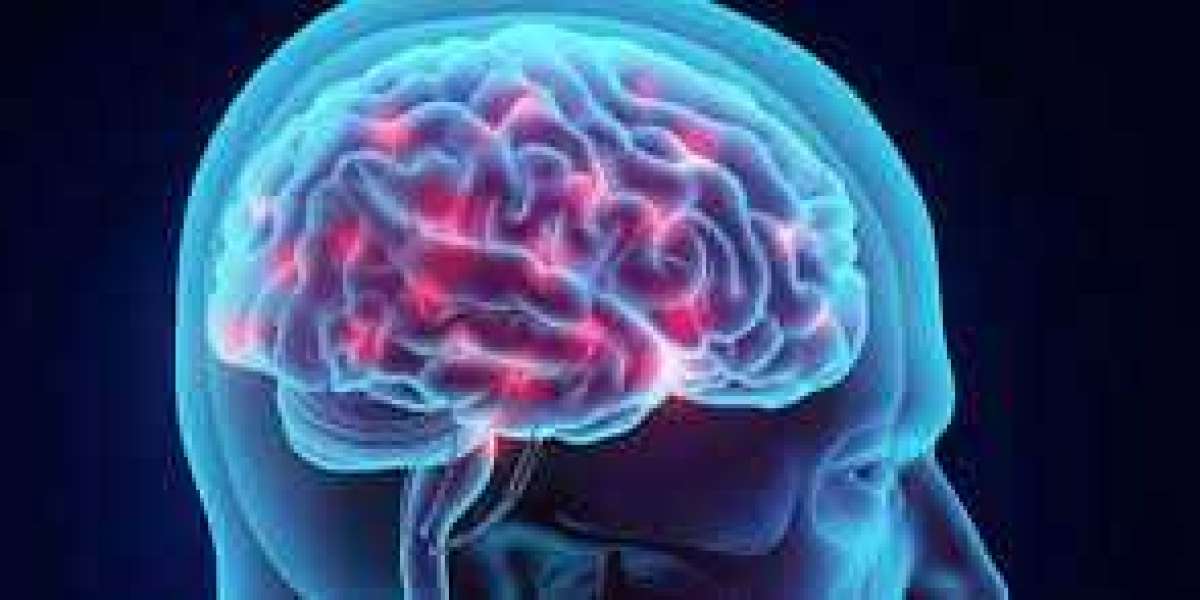Anxiety is a term we often hear, casually thrown around in conversations or mentioned in passing. But beneath the surface, anxiety is a complex and deeply rooted biological and psychological process. It’s far more than feeling nervous before a test or tense before a presentation. For millions, anxiety is a daily struggle, sometimes evolving into what is clinically recognized as an anxiety disorder.
Understanding the science behind anxiety can empower you to recognize its signs, respond effectively, and take practical steps toward managing it. In this article, we’ll explore how anxiety works in the brain and body, why it can become chronic, and what you can do to regain control.
What Is Anxiety?
At its core, anxiety is a survival mechanism. It’s the body’s way of preparing you for danger, a built-in alarm system designed to protect you. This response, often called the “fight-or-flight” reaction, evolved to help early humans react quickly to threats like predators or environmental dangers.
Today, the threats we face are less about physical survival and more about psychological stressors—deadlines, social interactions, financial worries, and personal expectations. But our brains still respond with the same intensity, flooding us with stress hormones and preparing us to act fast, even when no immediate danger exists.Anxiety becomes a concern when this stress response is activated too often or too intensely, even in non-threatening situations. That’s when it can begin to interfere with daily life.
How the Brain Processes Anxiety
Anxiety originates in several key regions of the brain, particularly the amygdala, prefrontal cortex, and hippocampus. Each plays a role in how we perceive and respond to potential threats.
Amygdala: This almond-shaped structure deep in the brain is central to detecting danger. It triggers the fear response and tells your body to prepare for action.
Prefrontal Cortex: This area is responsible for rational thought and decision-making. It helps you assess whether a threat is real or imagined.
Hippocampus: This part processes memories and connects past experiences to current situations, helping to determine how you react based on previous encounters.
When these systems are in balance, you can evaluate stress and respond appropriately. But in people with chronic anxiety or an anxiety disorder, the amygdala can become overactive, and the prefrontal cortex may struggle to regulate the emotional response. This leads to persistent feelings of fear, dread, or tension, even when there’s no real threat.
Physical Effects of Anxiety
Anxiety doesn't just exist in the mind—it has very real physical symptoms. These can include:
Increased heart rate
Rapid breathing or shortness of breath
Muscle tension
Stomach discomfort
Sweating
Dizziness or light-headedness
These responses are due to the release of hormones like adrenaline and cortisol, which prepare the body for immediate action. Over time, chronic exposure to these hormones can wear down the body, impacting sleep, digestion, and even immune function For those with an anxiety disorder, these physical symptoms may become a regular part of life, adding another layer of difficulty to daily functioning.
Why Do Some People Experience More Anxiety Than Others?
Several factors contribute to why some individuals are more prone to anxiety:
Genetics:Some people inherit a biological tendency to experience higher levels of anxiety. If you have a close family member with an anxiety disorder, your risk may be increased.
Brain Chemistry:Imbalances in neurotransmitters like serotonin, dopamine, and gamma-aminobutyric acid (GABA) can impact how your brain processes anxiety. Low levels of GABA, which helps calm the nervous system, are particularly associated with heightened anxiety.
Life Experiences:Traumatic events, chronic stress, or neglect during early development can rewire the brain to be more sensitive to perceived threats.
Personality:Certain personality traits—like perfectionism, high sensitivity, or a tendency to overthink—can make someone more susceptible to anxiety.
Environment:Modern life is fast-paced, competitive, and digitally overwhelming. Constant notifications, social comparison, and economic pressures can keep the brain in a near-constant state of alertness.
What You Can Do About It
The good news is that anxiety is highly manageable, and often treatable, especially when approached with a combination of strategies. Here’s what science recommends:
Cognitive Behavioral Therapy (CBT):CBT is one of the most effective forms of psychotherapy for anxiety. It helps individuals identify negative thought patterns and replace them with more balanced, realistic ones. Over time, CBT can rewire the brain’s response to stress and fear.
Mindfulness and Meditation:Practices like deep breathing, meditation, and yoga activate the parasympathetic nervous system, which calms the body’s stress response. These techniques not only reduce immediate anxiety but also strengthen long-term emotional regulation.
Exercise:Regular physical activity releases endorphins and reduces stress hormones. Even 20–30 minutes of walking, jogging, or stretching daily can significantly lower anxiety levels.
Healthy Lifestyle Choices:Sleep, nutrition, and hydration all impact brain health. Reducing caffeine and sugar, eating a balanced diet, and maintaining a regular sleep schedule can improve mental resilience.
Medication (When Necessary):In some cases, medication may be needed to manage anxiety symptoms. Selective serotonin reuptake inhibitors (SSRIs), benzodiazepines, and beta-blockers are among the medications used, usually in conjunction with therapy. If you're struggling with severe anxiety or suspect you may have an anxiety disorder, consulting a mental health professional is crucial. They can help determine the best treatment plan based on your unique needs.
Building a Long-Term Strategy
Managing anxiety isn’t about eliminating it completely—some level of anxiety is natural and even helpful. Instead, the goal is to reduce its intensity, understand its triggers, and develop healthier coping mechanisms.
Here are a few long-term practices to consider:
Journaling: Writing down your thoughts can help you spot patterns and better understand your emotional landscape.
Setting Boundaries: Learn to say no and protect your time and energy.
Connecting with Others: Social support is essential. Talking to friends, joining a support group, or simply sharing how you feel can ease the weight of anxiety.
Pacing Yourself: Allow breaks, celebrate small wins, and avoid overwhelming yourself with perfectionism. Anxiety may always be part of your story, but it doesn’t have to control the narrative. With the right knowledge, support, and tools, you can learn to manage anxiety and live a fuller, more grounded life.
Final Thoughts
Anxiety is not just in your head—it’s a physiological and neurological process that affects millions of people. Understanding the science behind it gives you the insight to address it with clarity, compassion, and confidence. Whether your experience is mild or you’ve been diagnosed with an anxiety disorder, know that you are not alone. There are proven methods and accessible resources to help you navigate anxiety with strength and hope.







